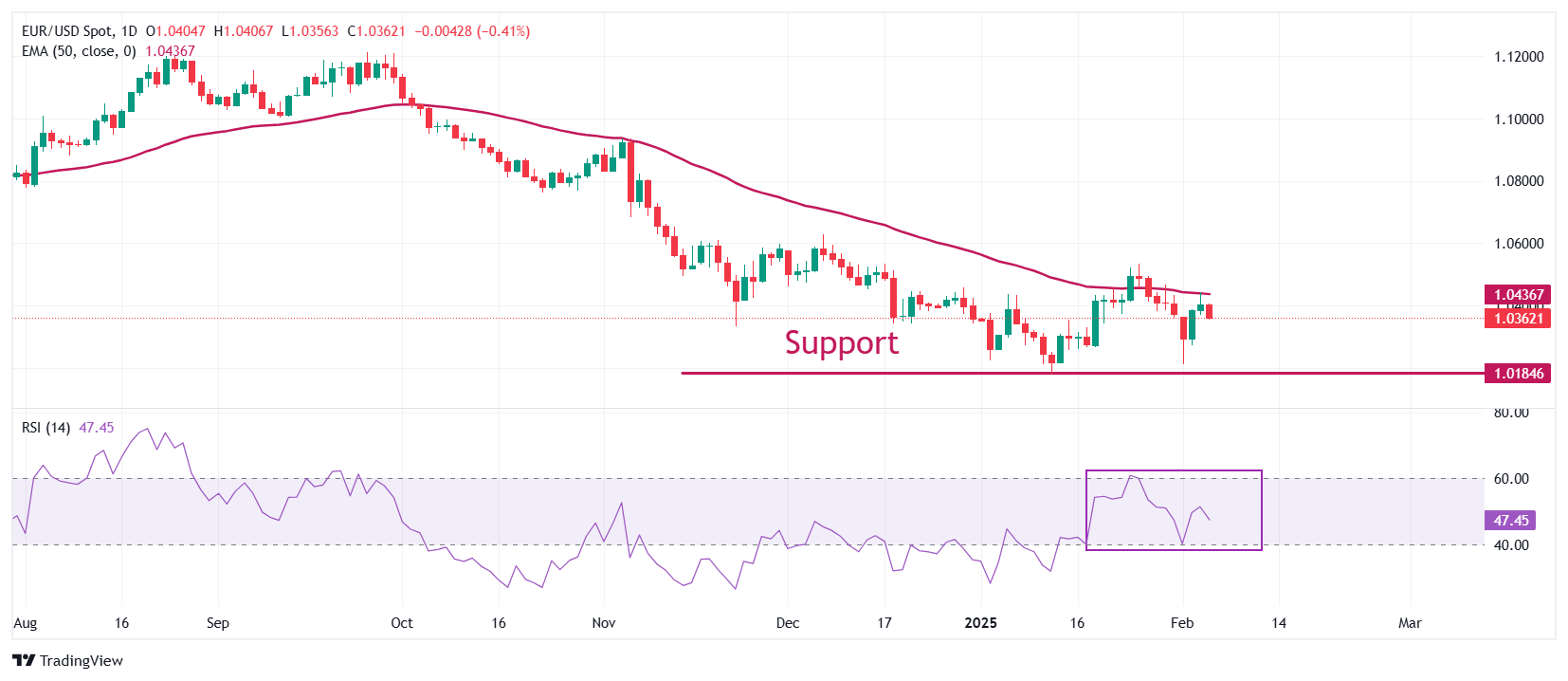- EUR/GBP moves higher to near 0.8333 ahead of the BoE’s monetary policy decision at 12:00 GMT.
- The BoE is expected to reduce interest rates by 25 bps to 4.5%.
- ECB Centano sees interest rates falling below the neutral rate.
The EUR/GBP pair rises to near 0.8333 in Thursday’s European session. The cross gains as the Pound Sterling (GBP) weakens across the board ahead of the Bank of England’s (BoE) monetary policy decision, which will be announced at 12:00 GMT.
Traders have fully priced in a 25-basis points (bps) interest rate reduction that will push borrowing rates lower to 4.5%, with an 8-1 vote split. Therefore, the next move in the British currency will be influenced by the monetary policy guidance from BoE Governor Andrew Bailey at the press conference after the interest rate decision.
Andrew Bailey is unlikely to deliver dovish guidance as analysts at Citi expect an uptick in inflation ahead due to expectations of a reversal in energy prices and strong wage growth.
Meanwhile, investors have underpinned the Euro (EUR) against the Pound Sterling but is underperforming its major peers too as European Central Bank (ECB) policymaker and Governor of Bank of Portugal Mario Centano has guided a dovish interest rate outlook. Centano expects the Deposit Facility rate could go below the neutral rate as the economic needs stimulus to hold inflation at 2% target.
On the economic front, Eurozone Retail Sales data for December has come in weaker than expected. Month-on-month Retail Sales declined at a faster pace of 0.2% than estimates of 0.1%. In November, Retail Sales remained flat.
EUR/GBP bounces back after retracing a little over 61.8% from the January 20 high of 0.8474 to near 0.8290. The outlook of the cross is still bearish as it stays below the 50-day Exponential Moving Average (EMA), which trades around 0.8350.
The 14-day Relative Strength Index (RSI) rebounds from 40.00, which suggests a sideways trend ahead until it stays in the 40.00-60.00 range.
A fresh upside move in the pair would appear if it breaks the February 3 high of 0.8361. This scenario would drive the cross towards 38.2% Fibonacci retracement at 0.8380, followed by the round-level resistance of 0.8400.
On the flip side, a downside move by the pair below the February 3 low of 0.8290 will expose it towards the January 2 low of 0.8267 and the December 19 low of 0.8222.
EUR/GBP daily chart




